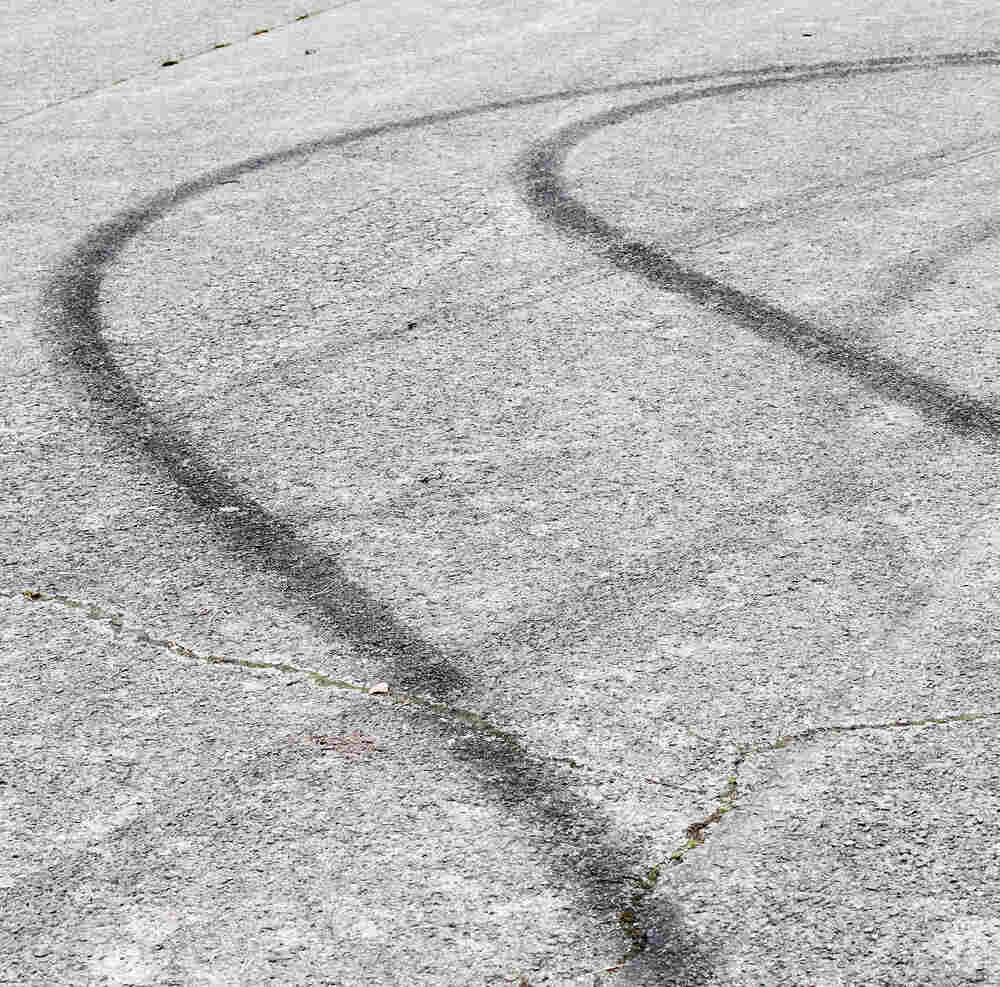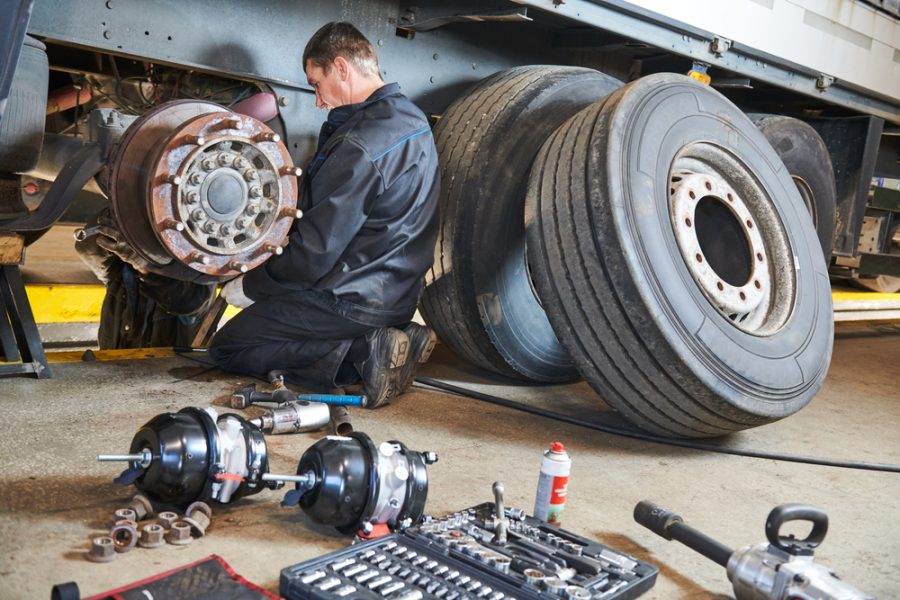Introduction
Controlling a semi-truck on the road is key for the driver and other road users. The size and weight of these trucks make losing control a big deal. Whether in bad weather or tight turns semi-truck drivers are constantly in scenarios where skidding is more likely. Knowing the causes of skids and prevention is key to road safety and reducing accidents with these big trucks.
There are many scenarios where skidding can happen especially for big trucks. Bad weather like rain, snow, or ice reduces traction and makes skidding more likely. Sharp turns or sudden lane changes at high speed can also destabilize the vehicle and lose of control. Tire condition, road surface, and vehicle speed also contribute to skidding so proactive measures to mitigate these risks and road safety for all drivers is crucial.
Why Tire Skids Happen with Semi-Trucks
Driving a semi-truck requires knowing the road, especially in unexpected situations like skidding. Skidding is scary for any driver and can be deadly when driving a big vehicle like a semi-truck. Let’s get into the details of why tire skids happen with semi-trucks and how to prevent them.
Causes of Skids
- Sudden Braking: Slamming on the brakes too hard can make a semi-truck skid especially if the load is heavy.
- Excessive Acceleration: Accelerating too hard, especially on slippery surfaces can make the wheels lose traction and skid.
- Slippery Road Surfaces: Rain, snow, or ice can reduce tire grip and make skidding more likely.
Road and Weather Conditions
Road and weather conditions are key to semi-truck traction:
- Road Conditions Affect Traction: Uneven surfaces, potholes, or debris on the road can reduce tire grip and make skidding more likely.
- Weather Conditions and Traction: Rain, snow, or ice makes driving hazardous and requires extra caution to prevent skids.
Drive Wheels
- Rear Wheels Skid: When the rear wheels lose traction the semi-truck can fishtail or jackknife and is a big hazard on the road.
- Front Wheels Skid: When the front tires lose traction it can cause understeering and the vehicle will veer off course.
Steering Wheel Movements
Steering wheel movements can make skidding worse or better. Knowing what to do when you start skidding can help you not to lose control during the skidding.
- Corrective Steering: Quick and gentle steering adjustments can regain traction and stabilize the semi-truck.
- Overcorrection: Hard or excessive steering can make a skid worse and harder to regain control.
Common Skid Situations
Some driving situations are more prone to skids. Here are the common ones to watch out for so you can prevent skidding.
- Sharp Turns: Turning at high speed on sharp curves can make skidding happen especially if the road is slippery.
- Slippery Surfaces: Standing water, ice patches, or oil spills make skidding more likely and require cautious driving techniques.
- Sudden Stops or Hard Acceleration: Aggressive braking or acceleration can overload the tires and make skidding happen.
What to Do When Tire Skids Occur
Immediate Actions
- Stay Calm: Panicking makes the situation worse. Keep a clear head to assess the skid and respond properly. Identify which wheels have lost traction. If it is the front wheels you will respond differently than if it is the rear wheels.
- Don’t Spin the Wheels: Don’t accelerate further or slam on the brakes as this can make the skid worse.
- Steer Correctly: Steer in the direction you want to go and make smooth steering adjustments as needed. Counter-steer gently to regain stability if the vehicle starts to veer off course. Don’t turn the steering wheel hard as this can make the vehicle go in the opposite direction.
Actions for Different Skid Types
Rear Wheels Skid: When the rear wheels lose traction, steer and don’t overcorrect. Take your foot off the accelerator to let the tires regain traction gradually.
Front Wheels Skid: If the front wheels skid, take your foot off the accelerator and apply brakes if necessary. Steer into the skid to help the tires regain traction, then adjust course as needed.
4WD Considerations
Four-wheel drive drivers should note:
- Skid Management: Four-wheel drive vehicles are not skid-proof. Manage skids the same way, focusing on steering and throttle control.
Tips for Specific Situations
- Slippery Surface: Reduce speed and increase following distance when driving on slippery surfaces. Gentle movements and gradual braking can minimize the risk of skidding.
- Traffic: Maintain a safe distance from other vehicles, especially in heavy traffic or high-speed traffic. Be aware of other vehicles around you and anticipate their movement to avoid collision during skid.
Preventing Tire Skids with Semi
Maintenance and Checkups
To prevent tire skids with semi, maintenance is key. Regular checks and maintenance will ensure your vehicle is performing optimally and safely on the road. One of the maintenance is tire inspection where you should check both inflation and tread wear.
Properly inflated tires with enough tread will have better traction and reduce skidding especially in rough road conditions. Follow the maintenance schedule in your owner’s manual as it will tell you what tasks to do to keep your truck running and minimize tire-related incidents.
Driving techniques to prevent skids
Safe Speed
In rainy, snowy, or icy road conditions, speed adjustment is key. Driving at a safe speed reduces the risk of losing traction and skidding. Remember, it’s better to arrive late a few minutes than to risk a skid due to overspeeding.
Safe Distance
Maintain a safe distance from other vehicles especially when sudden stops or maneuvers are necessary. The recommended distance gives you time to react to unexpected events and avoid a collision. By keeping a safe distance, you’re not only protecting yourself but also the others on the road.
Avoid Hard Braking and Acceleration
Hard braking and hard acceleration increase the risk of skidding especially on slippery surfaces. Instead, practice smooth and gradual braking, let the vehicle slow down gradually. And avoid sudden acceleration as this can make the wheels spin and lose traction. By driving steady you reduce the risk of skids and have better control of your vehicle.
Gentle Brake Pedal
When it comes to braking, finesse is key. Gentle pressure on the brake pedal not stomping on it. This allows the vehicle to slow down smoothly without upsetting its balance or making the wheels lock up. By mastering gentle braking you can control your speed and minimize skidding even in extreme driving conditions.
Adverse conditions
Preparation is key to being safe on the road. When you’re on slippery surfaces like icy or wet roads, use low gear for better traction and control to minimize skidding.
And avoid hydroplaning when you encounter standing water on the road. Drive slower so your tires can maintain contact with the pavement and minimize the risk of losing control. Knowing how different road surfaces react to different weather conditions is key to adjusting your driving technique.
Tools and equipment
Having the right tools and equipment with you can be a lifesaver when you encounter unexpected situations on the road. Keep emergency flashers, road flares, and other safety equipment in your vehicle. These will alert other drivers of your presence and provide visibility in low light or hazardous conditions to prevent accidents and ensure your safety. And make sure your vehicle is equipped for the weather conditions. This means having the right tires, windshield wipers, and defrosters for rain, snow, or ice.
Summary
Understanding why tire skids happen and knowing how to manage them is key to safe driving. By preventing through regular maintenance and mindful driving you can minimize the risk of skidding. Remember, following these tips not only protects you but also the others on the road. Stay informed, stay prepared, and always prioritize safety to have a smooth and accident-free journey.





